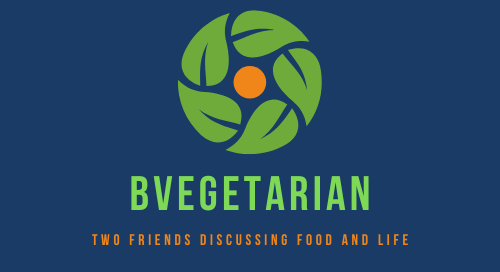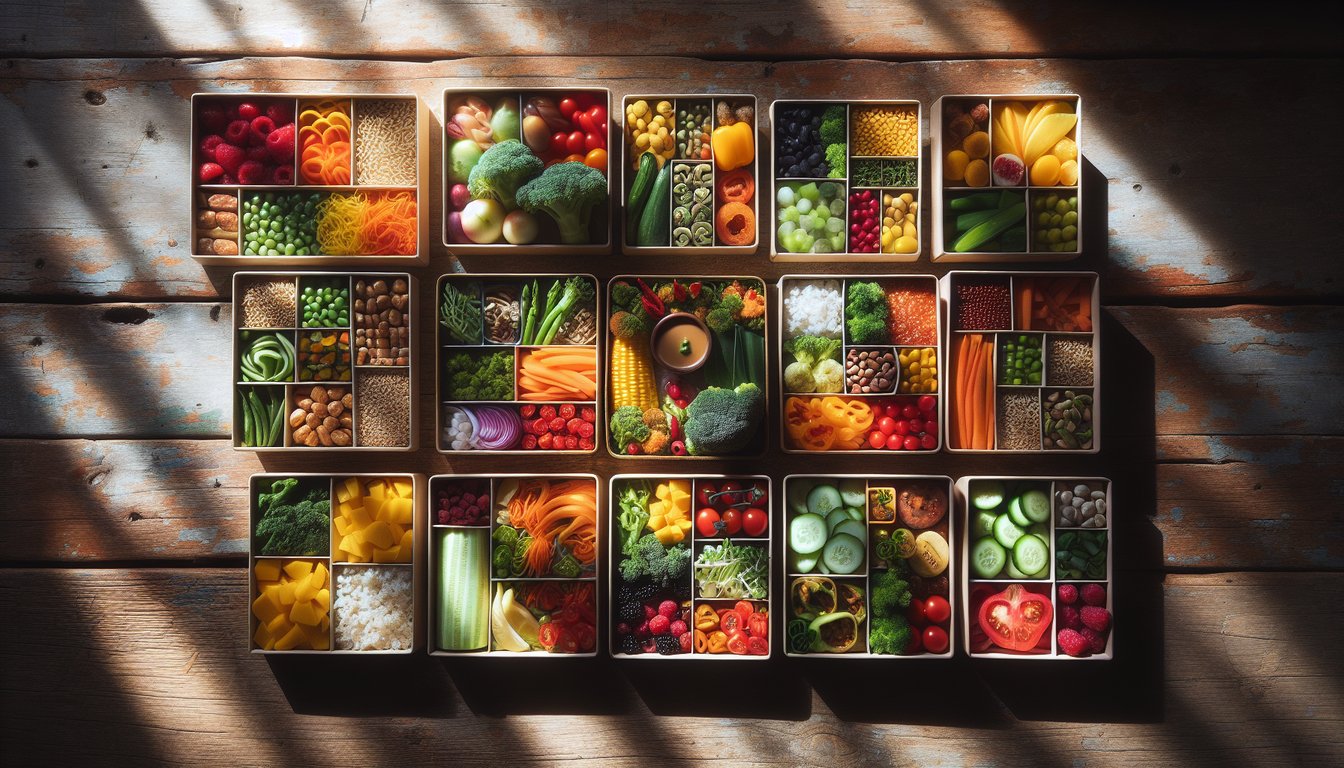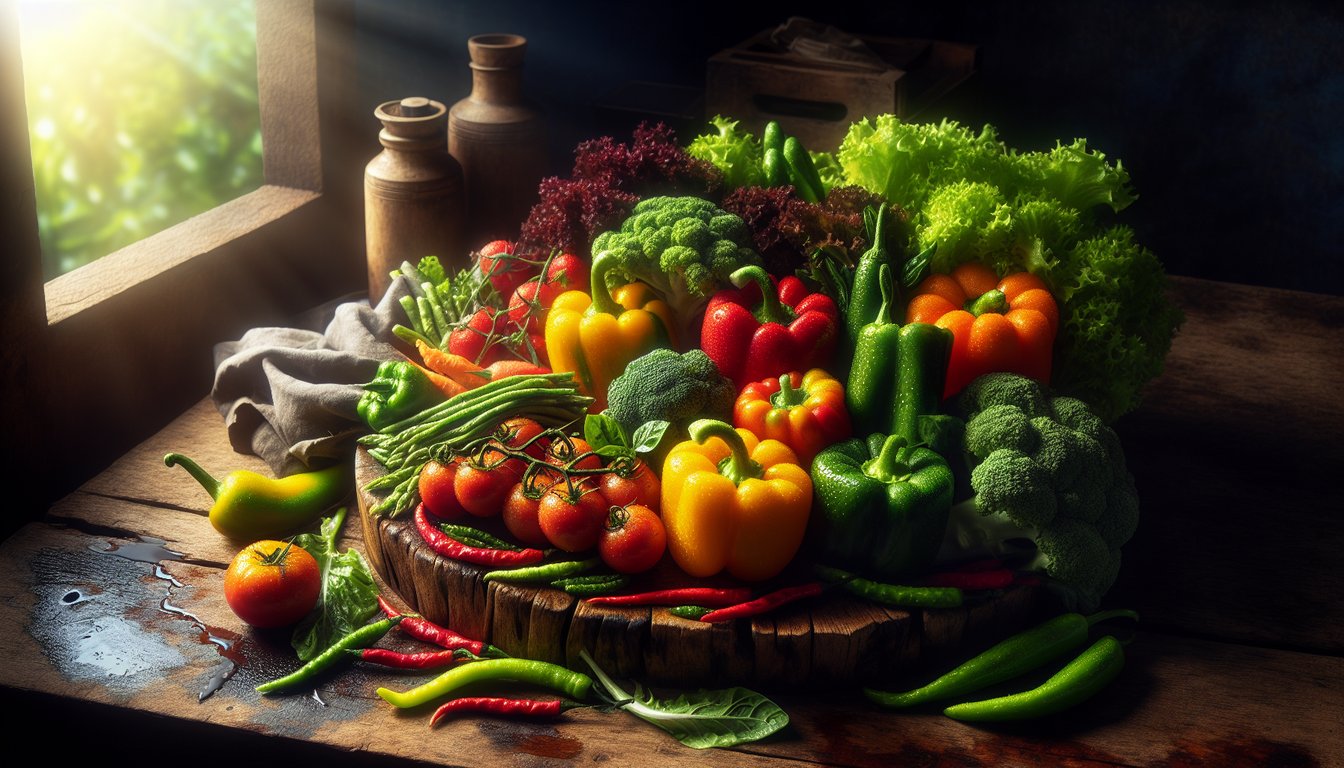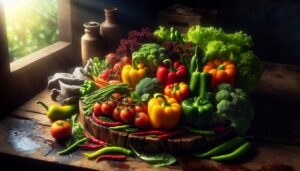Welcome to the vibrant world of plant-based eating, where every meal is a celebration of flavors and a step towards a healthier lifestyle. As a beginner in vegetarian meal prep, you may feel overwhelmed by the plethora of options and information available. Fear not, as we embark on this delicious journey, you’ll discover that prepping your meals can be as easy as it is gratifying. Not only will you be nurturing your body with nutrient-dense foods, but you’ll also contribute to a more sustainable planet. Let’s dive into some essential tips and tricks to kick-start your plant-based meal prep journey.
Understanding Vegetarian Nutrition
Before we jump into meal prep, it’s crucial to understand the nutritional landscape of a vegetarian diet. A well-planned vegetarian diet can meet all your dietary needs and provide numerous health benefits. According to the Mayo Clinic, essential nutrients for vegetarians include protein, calcium, iron, vitamin B12, and omega-3 fatty acids. Here’s how you can ensure your meals are balanced:
- Integrate a variety of proteins like beans, lentils, tofu, and tempeh.
- Include calcium-fortified plant milks and yogurts for strong bones.
- Consume iron-rich foods such as spinach, fortified cereals, and lentils, along with vitamin C sources to enhance absorption.
- Consider vitamin B12-fortified products or supplements, as this vitamin is primarily found in animal products.
- Incorporate flaxseeds, chia seeds, or walnuts to get your omega-3s.
Planning Your Meals
Meal planning is a cornerstone of a stress-free vegetarian lifestyle. Start by sketching out a weekly menu that includes a variety of foods to keep things exciting and nutritious. Begin with familiar dishes and gradually introduce new ingredients to expand your palate. Here’s a simple framework to build your meal plans:
- Choose your protein sources for the week.
- Select a few vegetable and whole grain options.
- Decide on breakfast choices that are quick and satisfying.
- Plan some snacks to keep the hunger pangs at bay.
Batch Cooking & Storage
One of the secrets to successful meal prep is batch cooking. Set aside a few hours during the weekend to cook large portions of staples like grains, beans, and vegetables. Store these in the refrigerator or freezer in airtight containers to maintain freshness. Having these ready-to-go components on hand will make assembling meals throughout the week a breeze.
Simple & Delicious Vegetarian Recipes
The excitement of vegetarian meal prep lies in the endless array of recipes you can create. From hearty stews to vibrant salads, the options are infinite. To get you started, here are a few simple recipes that are both nutritious and delicious:
- Chickpea Salad – Packed with protein and fresh veggies, perfect for a quick lunch.
- Masoor Dal – A one-pot lentil curry that’s both comforting and flavorful.
- Tofu Stir-Fry – A versatile dish that can incorporate any leftover veggies in your fridge.
Tips for a Smooth Meal Prep Experience
To ensure your meal prep goes off without a hitch, here are some final tips:
- Invest in quality meal prep containers that are microwave and freezer safe.
- Prepare and store dressings or sauces separately to keep meals fresh.
- Keep a well-stocked pantry with spices and staples to add variety to your meals.
- Embrace leftovers by transforming them into new meals.
- Stay inspired by following vegetarian blogs and social media accounts for new ideas.
Embarking on your vegetarian meal prep adventure should now feel less daunting and more exciting. Remember, it’s about progress, not perfection. Experiment with flavors, adjust your prep routine to fit your lifestyle, and most importantly, enjoy the delicious benefits of plant-based eating. Bon appétit!





